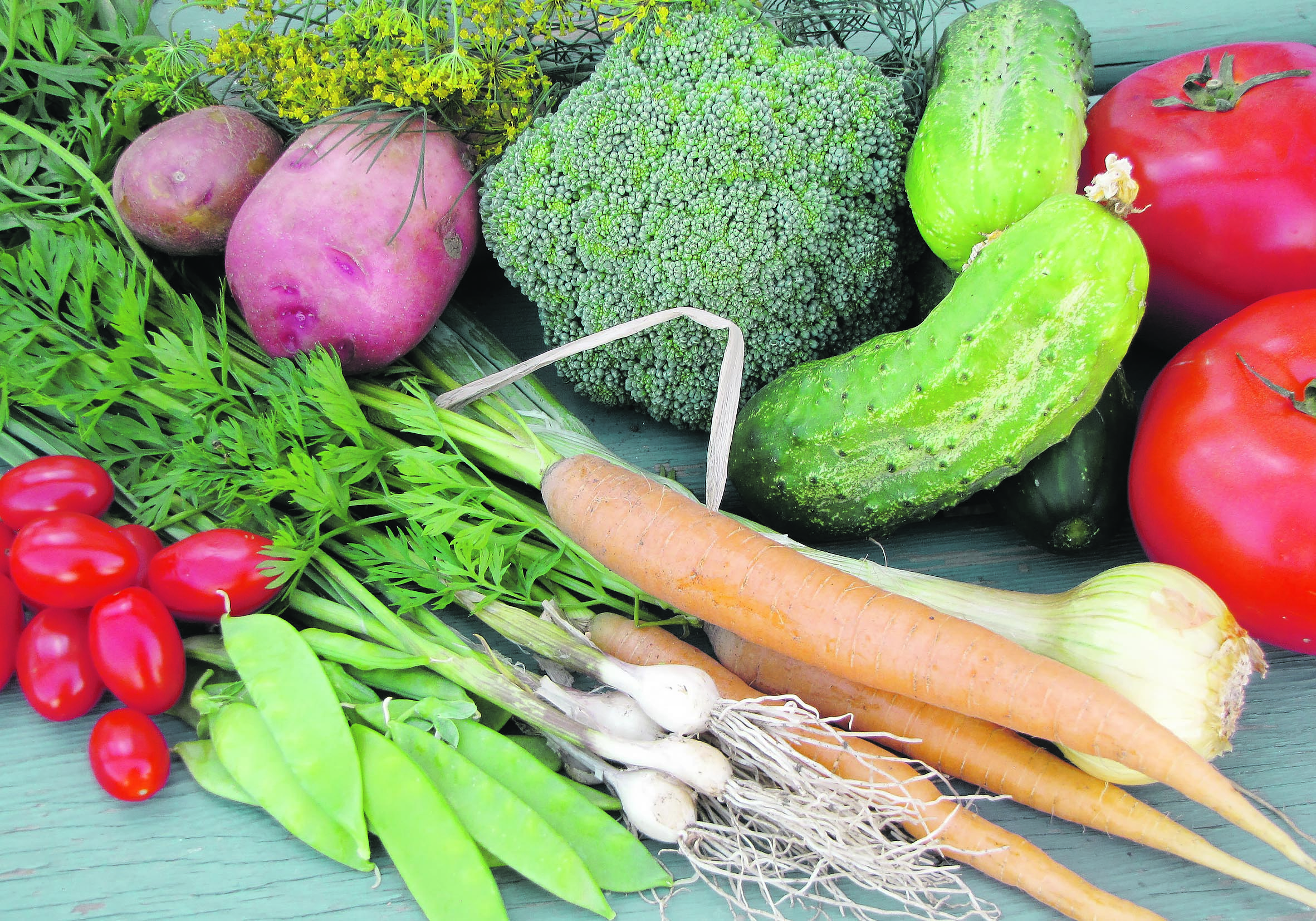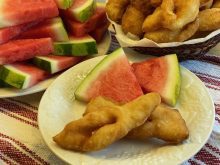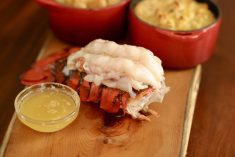During the first four years of 2020, food was a frequent news maker. Consumers had many challenges feeding their families, whether it was supply chain issues, high food costs or the alarming rates of food waste.
As well, food security became a commonly used term in the 2020s. The 1996 World Food Summit defined food security as “when all people, at all times, have physical and economic access to sufficient, safe, and nutritious food to meet their dietary needs and food preferences for an active and healthy life.”
COVID-19 restrictions brought disruptions in access to food because of business closures and food shortages. Then came the war in Ukraine, inflation, increasing carbon taxes and transportation costs, all of which affected food costs and food security.
Read Also

Farm transition plans provide clarity
A farm transition plan can provide security, clarity and peace of mind for everyone involved, said Trevor McLean, the national leader of MNP’s TransitionSmart program.
The pantries of most farm homes, on a general basis, are well stocked. However, pandemic restrictions and limited availability of some basic items such as toilet paper, yeast, sugar, flour, fruit and meat sometimes made it difficult to restock them.
It was more difficult for rural consumers who travel to shop only a few times a month because they might not be in town when a short-stocked item was available. As well, if quantities were limited, they wouldn’t be able to restock their pantry to allow for their infrequent shopping trips.
A pre-COVID food waste study conducted by Second Harvest and Value Chain Management International determined that 58 per cent of the food produced in Canada is wasted or lost each year. This is a yearly cost of $49 billion to the Canadian economy.
At the consumer level, about 2.38 million tonnes of food, or more than $10 billion worth, is lost. This equals an annual cost of avoidable food loss and waste in Canada of $1,766 per household, according to a story in the Feb. 20, 2020, issue of the Western Producer.
One of the best ways to lower food costs is to reduce the amount of wasted food. Vegetable trimmings that are often thrown out can be creatively used in soups, stews or pesto. Extra fruit can be frozen for use in smoothies or baking, and vegetables can be chopped and frozen for use in stir fries and soups.
Save up vegetable trimmings and peels in a plastic bag in the freezer and use to make a delicious and useful vegetable broth:
- celery leaves and trimmings
- cauliflower leaves and trimmings
- pepper seeds and membranes
- carrot peels and trimmings
- broccoli stem peels
- potato peels
- onion skims and trimmings
- other vegetable trimmings that would have been discarded
Place frozen trimmings in a large pot of water and simmer for one hour. Strain and compost the vegetable pieces. Freeze broth in one or two cup containers for use in soups, sauces or for cooking rice — from the Feb. 20, 2020, issue.

The meal kit business took off during the COVID pandemic. While restaurants were closed and grocery shopping was difficult, meal packages could be ordered with the required food, pre-purchased and packaged. The kits were less expensive than eating out but more expensive than personal shopping. it was a way for individuals and families to have a nutritionally well-balanced meal with little shopping effort.
Tacos were a favourite meal kit option. This is a home organized version of this popular kit.
- 4 tbsp. canola oil 60 mL
- 2 boneless skinless chicken breasts, cut into 1 in./2.5 cm strips
- kosher salt
- freshly ground black pepper
- 2 tsp. chili powder 10 mL
- 2 tsp. cumin 10 mL
- 1/2 tsp. garlic powder 2 mL
- 1/4 tsp. paprika 1 mL
- 1/4 tsp. cayenne, optional 1 mL
- 8 corn tortillas, warmed
- topping options include sour cream, thinly sliced red onion, diced tomatoes, shredded monterey jack cheese, diced avocados, fresh cilantro, lime wedges and salsa
Mix salt, pepper and spices in a medium-sized bowl. Toss with the chicken slices. Pan fry chicken in oil until fully cooked.
Meanwhile, wrap the tortillas in foil and warm in a 325 F (160 C) oven for 10 minutes.
Serve all the toppings in individual bowls or on a platter and let everyone make their own taco. Use two tortillas per taco — From the Feb. 18, 2021, issue.

For many people who were spending more time at home during COVID, their interests in gardening, home cooking, baking and preserving increased.
Sarah Galvin wrote an excellent article in the Sept. 9, 2021, issue to assist the new food preservers called “Common canning problems have easily fixed solutions.” Her article can be found here on the producer.com website.

Fruit from the backyard that might have been wasted in the past, such as rhubarb and crabapples, were being used and enjoyed.
Yield: About 8 x 500 mL or 4 X 1 L jars
Select round, ripe, smaller, freshly picked crabapples that are uniform in size. Do not use crabapples that have fallen from the tree.
- 5 lb. whole crabapples, stemmed and unpeeled, cut off blossom end 2.3 kg
- 1 batch hot light or medium syrup
Light syrup
- 2 1/4 c. granulated sugar 560 mL
- 5 1/4 c. water 1.310 L
Yield: 6 1/2 c. syrup 1.625 L
Medium syrup
- 3 1/4 c. sugar 810 mL
- 5 c. water 1.250 L
Yield: 7 c. syrup 1.75 L
Place clean sealers on a rack in a boiling water canner; cover jars with water and heat to a simmer. Set screw bands and metal sealing discs aside.

Prick crabapples with a fork to prevent them from bursting. In a large, deep stainless steel saucepan, warm crabapples, one layer at a time, in hot syrup over medium-low heat until heated through and tender, 10 to 20 minutes, stirring occasionally to prevent scorching.
Using a slotted spoon, pack hot crabapples into a hot jar to within a generous 3/4 inch (2 cm) of top of jar. Add hot syrup to cover crabapples to within 1/2 inch (1 cm) of top of jar to leave head space.
Using a non-metallic utensil, remove air bubbles and adjust head space, if required, by adding more hot syrup. Wipe jar rim to remove any food residue. Centre sealing disc on clean jar rim. Screw band down until resistance is met and then increase to fingertip tightness. Return filled jar to rack in canner. Repeat for remaining jars.
When canner is filled, ensure that all jars are covered by at least one inch (2.5 cm) of water. Cover canner and bring water to full rolling boil before starting to count processing time. At altitudes up to 1,000 ft (305 m), process boil-filled jars 20 minutes for both 500 mL and 1 L jars.
For higher altitudes:

When processing time is complete, turn stove off, remove canner lid, wait five minutes and then remove jars, without tilting, and place upright on a protected work surface. Cool upright, undisturbed, for 24 hours. Do not retighten the screw bands.
When cool, check jar seals. Sealed discs curve downward and do not move when pressed. Remove screw bands, wipe and dry bands and jars. Label and store jars in a cool, dark place. For best quality, use home canned food within one year.
Adding spices and vinegar to canned crabapples creates a spicy canned apple that is delicious served as a desert or as a complement to any meat. The preparation and canning process is the same as for the crabapples in syrup recipe.
Yield: about six pint (500 mL) jars
- 4 1/2 c. granulated sugar 1.125 L
- 3 c. water 750 mL
- 2 1/2 c. white vinegar 625 mL
- 1/4” (10 cm) cinnamon stick
- 1 tbsp. whole allspice 15 mL
- 1 tbsp. whole cloves 15 mL
- 8 c. whole crabapples, stemmed and unpeeled, cut off blossom end stemmed 2 L
- about 3 lb. (1.4 kg) or forty 1 1/2-inch (3.8 cm) crabapples
Place clean mason jars on a rack in a boiling water canner. Heat jars as described above.
Combine sugar, water and vinegar in a large stainless steel saucepan. Tie cinnamon, allspice and cloves into a large square of cheesecloth, creating a spice bag, and place in saucepan. Bring mixture to a boil and boil 10 minutes.
To avoid bursting fruit, prick each crabapple with a fork. Add crabapples to boiling mixture and return to a boil. Stirring occasionally to prevent scorching, boil gently, uncovered, for 10 minutes or until crabapples are tender. Do not overcook. Discard spice bag and remove saucepan from heat.
Pack hot crabapples into hot jars and process as described in recipe above — from the Sept. 2, 2021 issue.
















